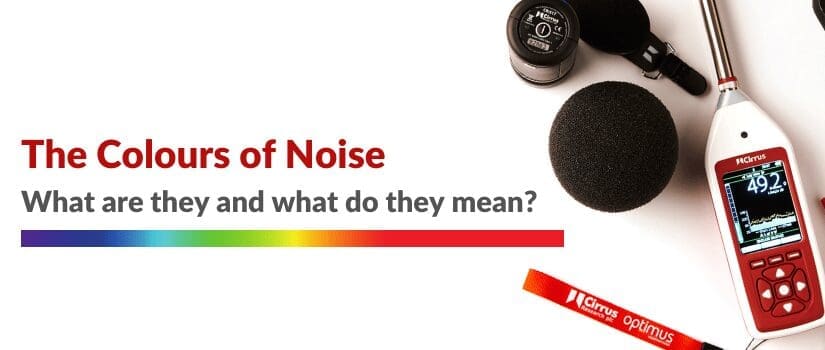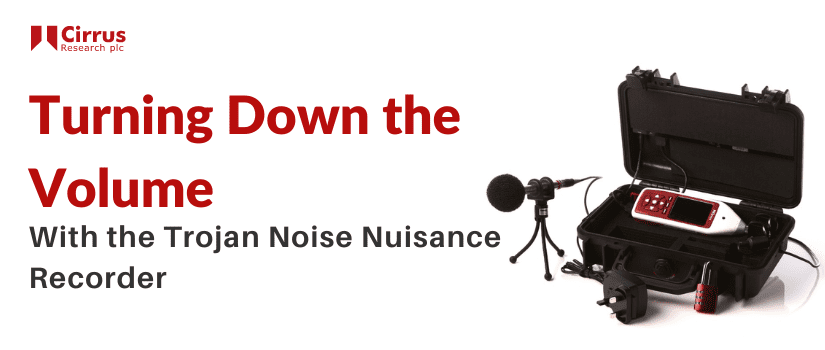Noise is found all around us. The sound of traffic, the hum of an air conditioner, and the rustling of leaves in the wind are all examples of noise that we hear around us in our environment all day.
But did you know that different types of noise are categorised by different colours? Each different type of noise has a unique spectral distribution, and each of these colours can be used effectively in different contexts.
White Noise
White noise is probably the most well-known colour of noise and is a type of noise that has equal power across all frequencies. It sounds like static or the hiss of a television set and is often used as a masking sound to drown out other noises.
Pink Noise
On the other hand, pink noise has equal power per octave, which means that it has more energy in the lower frequencies than white noise, but less than brown noise. Pink noise sounds like a waterfall or rain falling steadily and is considered more soothing than other colours of noise. Pink noise has been shown to improve sleep quality and memory consolidation in some studies.
Brown Noise
Brown noise, also known as red noise, has a spectral distribution that decreases by 6 decibels per octave. This basically means that it has more energy in the lower frequencies and less energy in the higher frequencies. Brown noise sounds like a low rumble or a deep roar, similar to the sound of the ocean or a distant thunderstorm. It is usually used for relaxation and meditation, as well as to mask other sounds that might be distracting.
Both brown and pink noise are considered “natural” noises because they have a spectral distribution similar to that of many natural sounds. In fact, pink noise is very similar in spectral distribution to many natural phenomena, such as ocean waves, heartbeats and even the distribution of galaxies in the universe.
Blue Noise
Blue noise is a type of noise that has more energy in the higher frequencies. It can be described as a high-pitched hissing sound, similar to the sound of steam escaping from a pipe. Blue noise is sometimes used in audio engineering to create a sense of space or depth.
Violet Noise
Violet noise is a more extreme version of blue noise, with even more energy in the higher frequencies. It can be described as a very high-pitched sound, like the sound of a dentist’s drill.
The colours of noise are an interesting and very useful way to categorise the different types of noise that we encounter in our environment. Understanding the different characteristics of each type of noise can help us to use them effectively in different contexts.
So whether you need to drown out distracting noises, improve your sleep quality, or create a calming atmosphere, there’s a colour of noise to help!




Download your Free Noise Measurement Terminology Guide
Expand your noise knowledge and make measuring noise simpler
Download your Free Noise Measurement Terminology Guide
Expand your noise knowledge and make measuring noise simpler



